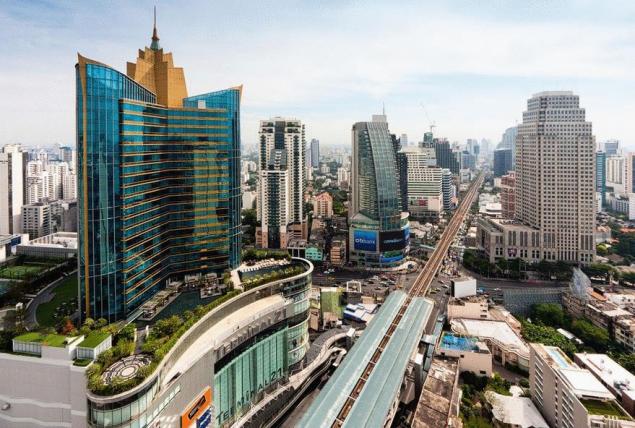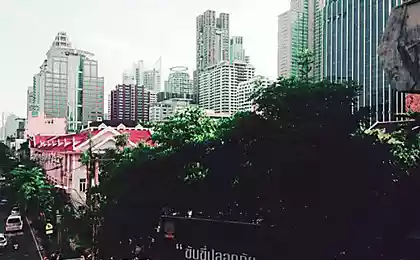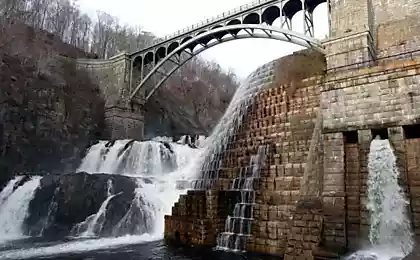472
What will happen to Bangkok in the near future: study
According to experts, the capital of Thailand, which is built on a swamp and is slowly lowered into the water, the recent severe flooding is a Wake-up call about even more glum future, the adverse effects of a total change of climate. In fact, Bangkok is located only 30 kilometers North from the Gulf of Thailand, where, according to all the predictions of experts, the sea level by 2050 will rise by 19 to 29 centimeters. In addition, the water level rises in the river Menam Chao Praia flowing through Bangkok.
Expert on climate change Metropolitan University Anand Snidvongs claims that within 50 years most of the areas will be flooded, if you do not take action to protect the city. But global warming is not the only threat to the city. The gradual immersion of the capital, in turn, is associated with years of aggressive groundwater extraction to saturate the growing needs of the factories of Bangkok and its population of 12 million. According to research conducted by the world Bank, the Asian development Bank and Japan Bank for international cooperation, in the late 70-ies of the last century, Bangkok was sinking by 10 centimeters a year. Today this figure has decreased to less than 1 centimeter per year, as a result of the government's measures to control the extraction of groundwater. But Snidvongs do not agree with the findings of the study, and claims that Bangkok is sinking "at an alarming rate" – from 1 to 3 centimeters every year.

And while we are investigating more precise numbers, scientists have the same opinion: Bangkok will go under water, it's only a matter of time. WB gives these predictions: the combined threat of subsidence and temperature increase the risk of flooding in Bangkok until 2050 will increase by four times. Yet, Bangkok, using a complex system of dams, canals, sluices and pumping stations prevent the rise of water level. However, all these measures were not sufficient to prevent flooding in the Central and Northern part of the city, which can lead to the destruction of here are luxury hotels, shopping malls and office centers.

According to experts, the Thai authorities must immediately solve the problems of use and planning of land in the capital, plus ask about the possibility of transfer of factories and plants from areas that are flood-prone. Another solution, more radical – to move the entire city...

Source: /users/413
Expert on climate change Metropolitan University Anand Snidvongs claims that within 50 years most of the areas will be flooded, if you do not take action to protect the city. But global warming is not the only threat to the city. The gradual immersion of the capital, in turn, is associated with years of aggressive groundwater extraction to saturate the growing needs of the factories of Bangkok and its population of 12 million. According to research conducted by the world Bank, the Asian development Bank and Japan Bank for international cooperation, in the late 70-ies of the last century, Bangkok was sinking by 10 centimeters a year. Today this figure has decreased to less than 1 centimeter per year, as a result of the government's measures to control the extraction of groundwater. But Snidvongs do not agree with the findings of the study, and claims that Bangkok is sinking "at an alarming rate" – from 1 to 3 centimeters every year.

And while we are investigating more precise numbers, scientists have the same opinion: Bangkok will go under water, it's only a matter of time. WB gives these predictions: the combined threat of subsidence and temperature increase the risk of flooding in Bangkok until 2050 will increase by four times. Yet, Bangkok, using a complex system of dams, canals, sluices and pumping stations prevent the rise of water level. However, all these measures were not sufficient to prevent flooding in the Central and Northern part of the city, which can lead to the destruction of here are luxury hotels, shopping malls and office centers.

According to experts, the Thai authorities must immediately solve the problems of use and planning of land in the capital, plus ask about the possibility of transfer of factories and plants from areas that are flood-prone. Another solution, more radical – to move the entire city...

Source: /users/413























